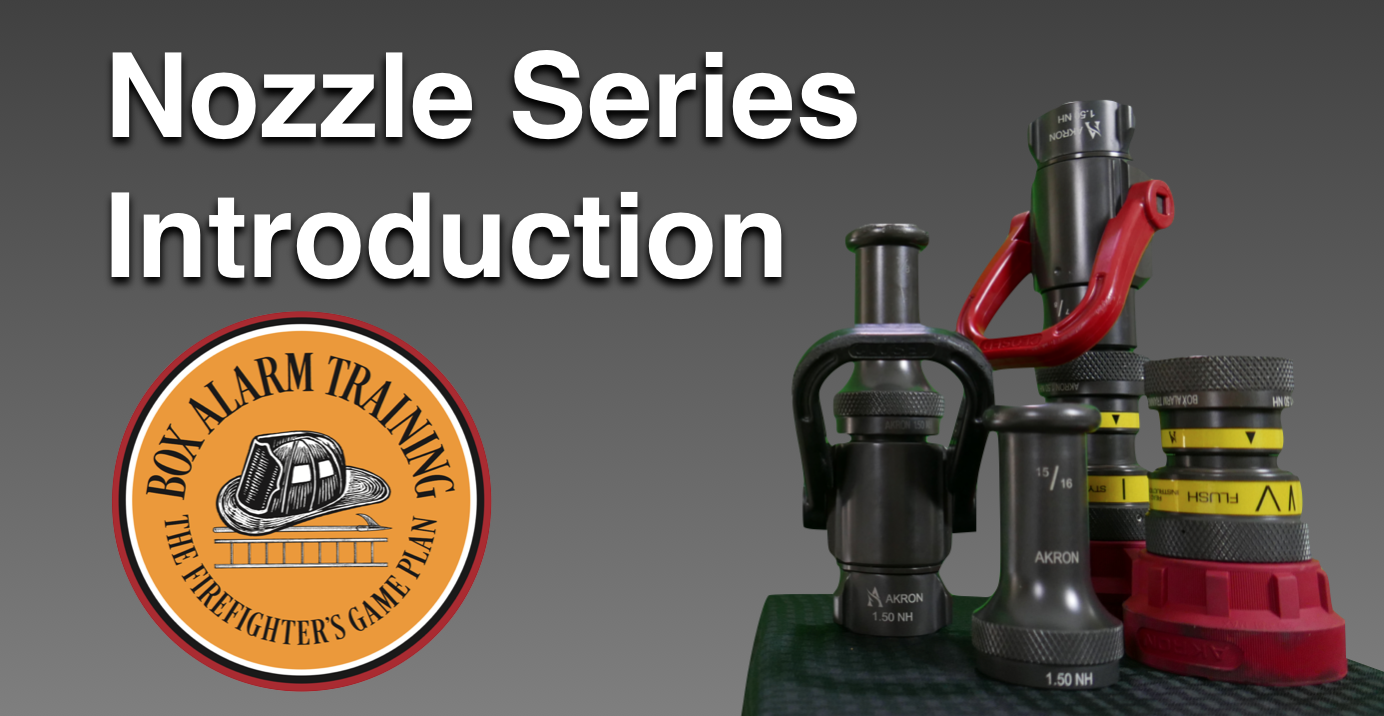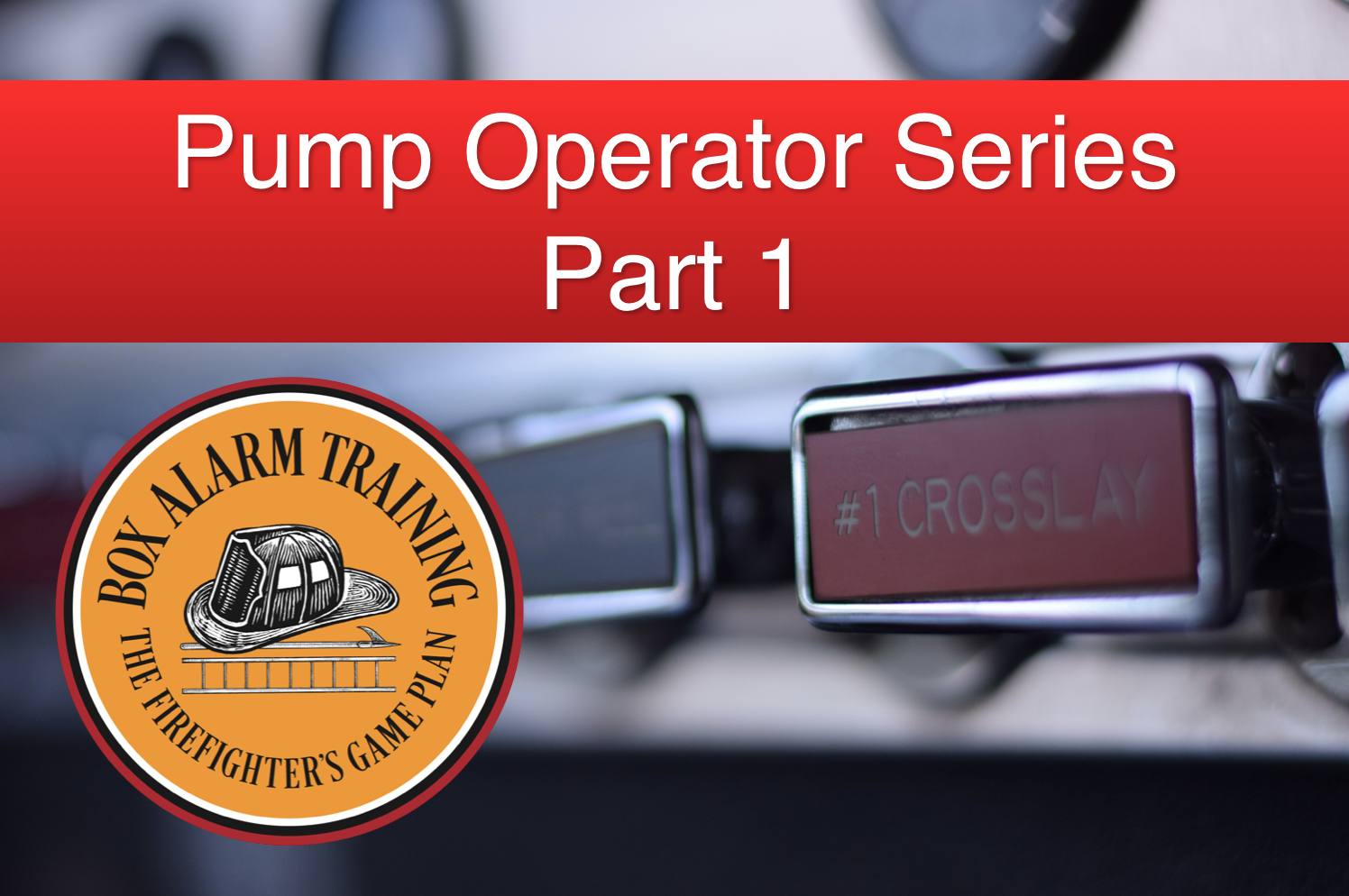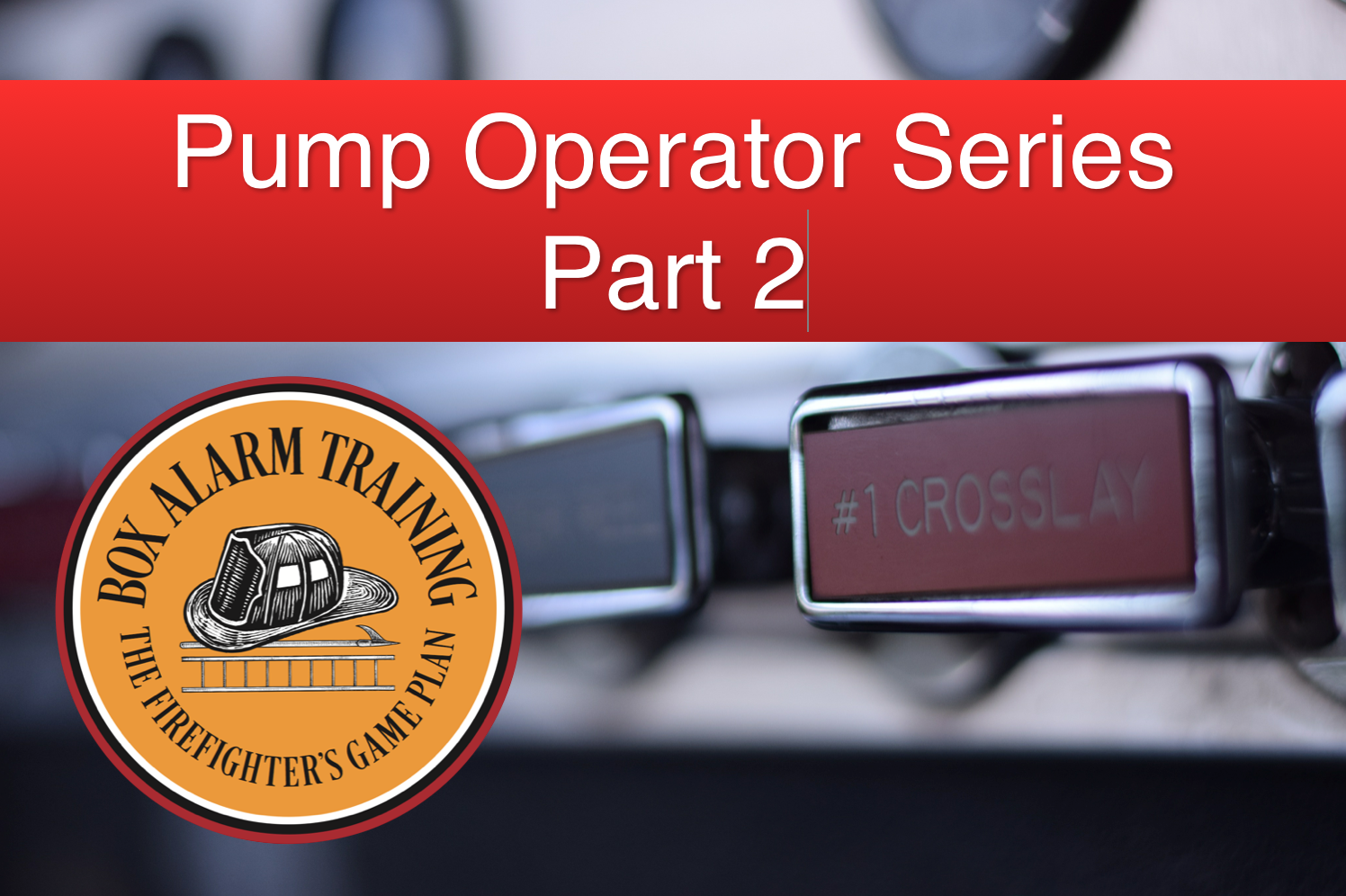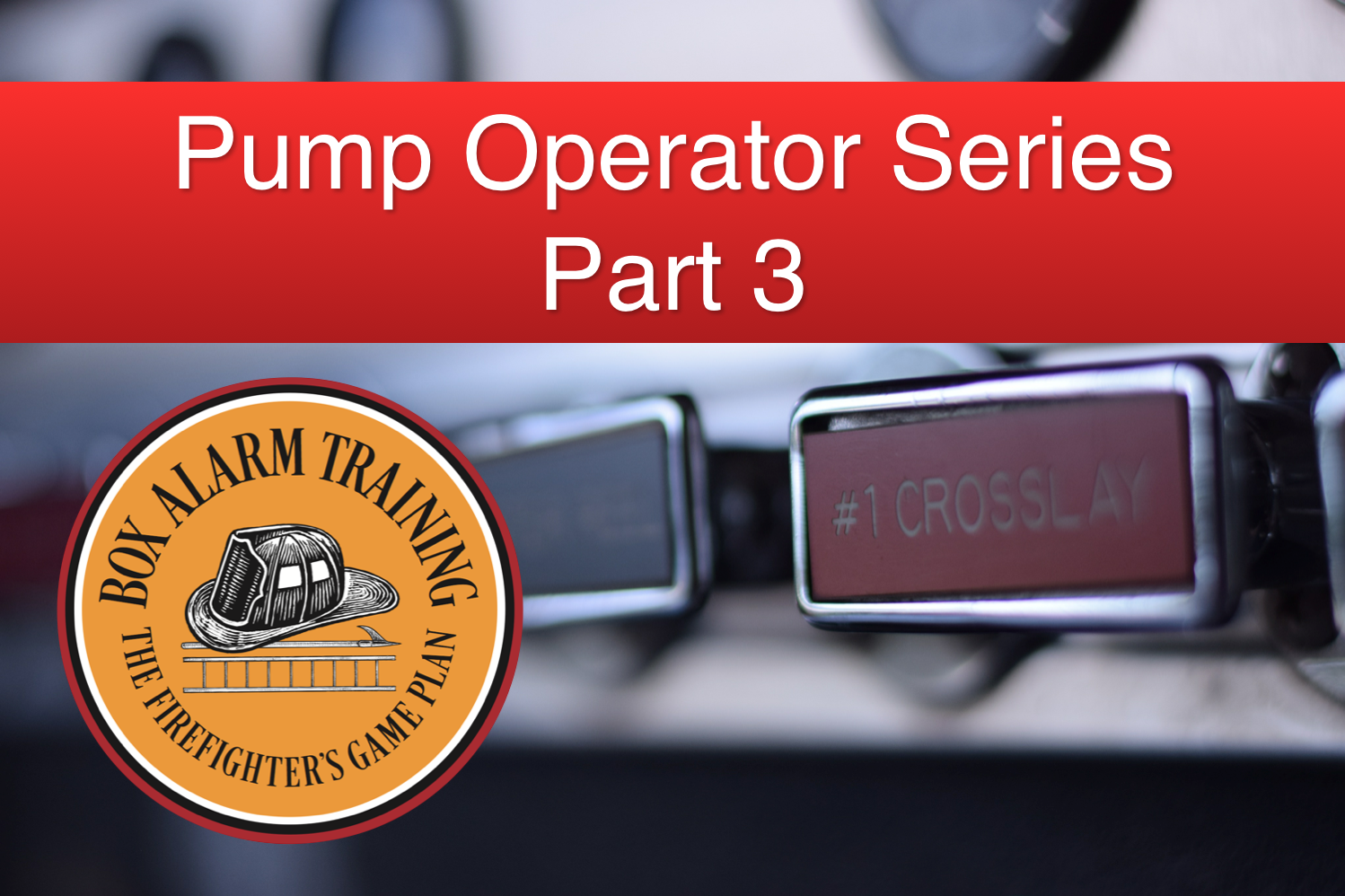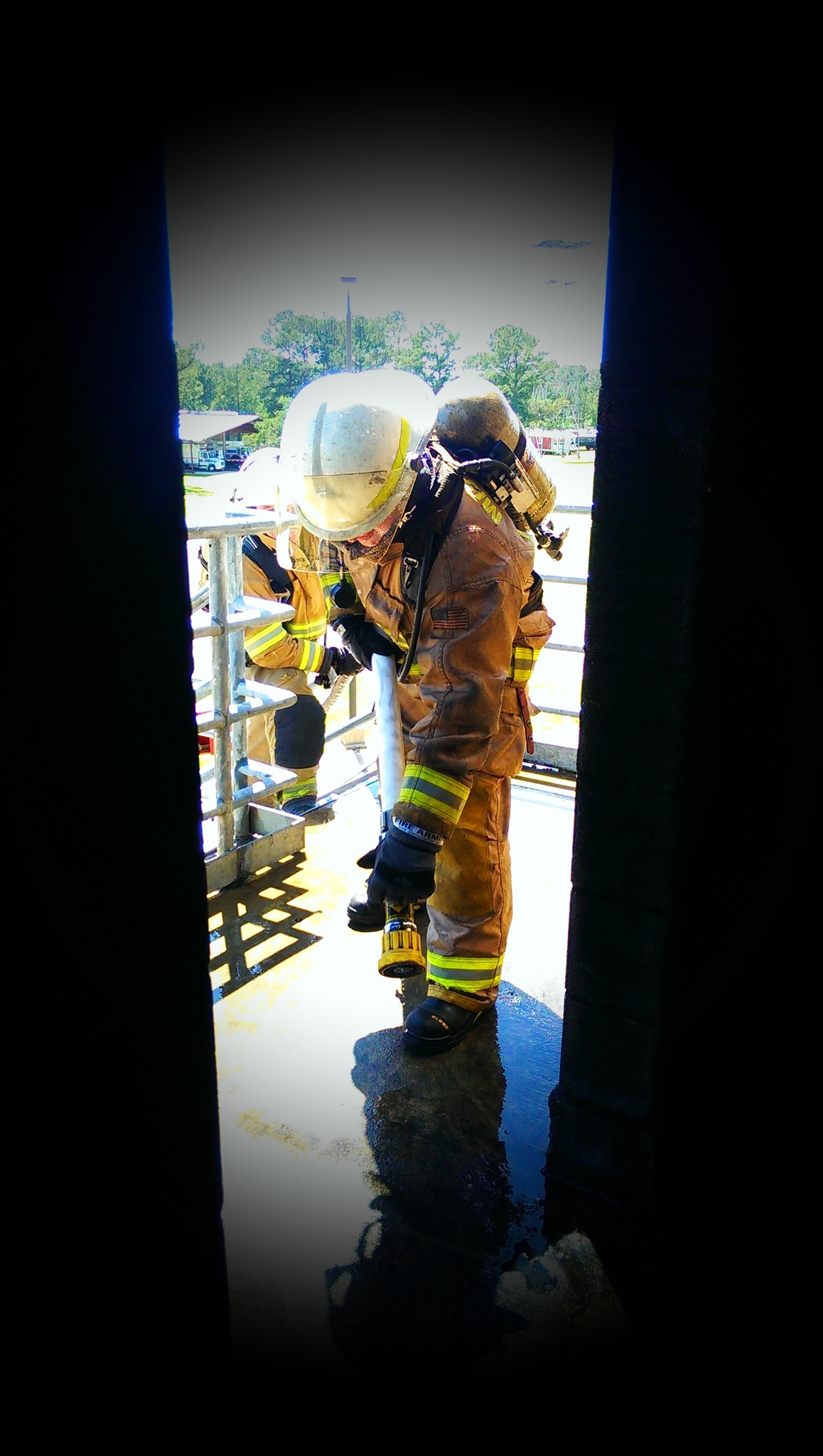We had a great time filming the Firefighter Combat Challenge Video over the weekend. Thanks to Dr. Paul Davis and Mike Word (The Voice of the Combat Challenge) for arranging a video for us to shoot. My brother Josh Hinkle and I were able to shoot all weekend and we are working on producing a few videos from the event. Here is the first one, The Highlight Reel! https://www.youtube.com/watch?v=HmgQoxm87uE
Tactics on Tap!
 The first Mississippi Tactics on Tap is coming up this Saturday, July 25th! We will be there discussing the latest fire attack research and tactical recommendations. If you are interested in joining us you can RSVP for the event on the North Mississippi Emerald Society Facebook page. We will start at 5:00pm at the Blind Pig Pub in Oxford, MS. Hope to see you there!
The first Mississippi Tactics on Tap is coming up this Saturday, July 25th! We will be there discussing the latest fire attack research and tactical recommendations. If you are interested in joining us you can RSVP for the event on the North Mississippi Emerald Society Facebook page. We will start at 5:00pm at the Blind Pig Pub in Oxford, MS. Hope to see you there!
Firefighter Combat Challenge - Mississippi
If you are nearby come join us on July 31st for the Firefighter Combat Challenge in Brandon, MS. We have produced a promo video for the event and you can check it out below. For more info you can click here. https://www.youtube.com/watch?v=AktYvlr46r4
Nozzle Series - Automatic Nozzles
 We are continuing our Nozzle Series with Automatic Nozzles. The Automatic Nozzle was originally designed on a napkin and since then has been widely used throughout the country. The goal of the automatic nozzle is to provide relatively consistent nozzle pressure throughout a wide range of flows. So, you will see automatic nozzles used in many different applications including foam operations and standpipe operations. You need to thoroughly evaluate the use of an automatic nozzle in certain applications prior to using them. While the nozzle can offer several advantages like the ability to provide the pump operator with an in-line pressure regulator it can also conceal hidden flow issues because of the nozzles abilities to maintain good nozzle pressure. Adequate nozzle pressure does not necessarily equate to adequate nozzle flow. When a hose line is kinked or something happens to inhibit the amount of water moving through the line you will see no major indications on the nozzle except for a drop in nozzle reaction. You need to get out and flow these nozzles to feel the difference in adequate flow and poor flow. Check out the video below for an overview of the Automatic Nozzle:
https://www.youtube.com/watch?v=pzYmWeUPruk
We are continuing our Nozzle Series with Automatic Nozzles. The Automatic Nozzle was originally designed on a napkin and since then has been widely used throughout the country. The goal of the automatic nozzle is to provide relatively consistent nozzle pressure throughout a wide range of flows. So, you will see automatic nozzles used in many different applications including foam operations and standpipe operations. You need to thoroughly evaluate the use of an automatic nozzle in certain applications prior to using them. While the nozzle can offer several advantages like the ability to provide the pump operator with an in-line pressure regulator it can also conceal hidden flow issues because of the nozzles abilities to maintain good nozzle pressure. Adequate nozzle pressure does not necessarily equate to adequate nozzle flow. When a hose line is kinked or something happens to inhibit the amount of water moving through the line you will see no major indications on the nozzle except for a drop in nozzle reaction. You need to get out and flow these nozzles to feel the difference in adequate flow and poor flow. Check out the video below for an overview of the Automatic Nozzle:
https://www.youtube.com/watch?v=pzYmWeUPruk
Boston MAYDAY Training Video
This is a great MAYDAY training video from Boston Fire Department. Very well put together and even if your MAYDAY procedures differ from Boston you will still get tremendous benefits watching this video with your crew: https://www.youtube.com/watch?t=461&v=oCvkRLtk-_w
Nozzle Series - Adjustable Fog Nozzles
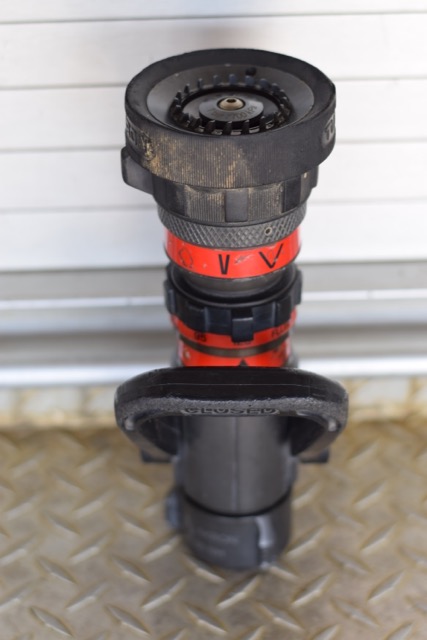 The adjustable fog nozzle is a very popular type of nozzle seen on many apparatus. You will see this type of nozzle used in a wide variety of applications. The adjustable gallonage nozzle offers a lot of versatility because of it's ability to not only change patterns but also to increase and decrease the flow through the nozzle. However, it is very important for firefighters to understand that turning the gallonage adjustment does not necessarily equate to flowing what the actual setting is showing. As you turn the gallonage adjustment on this type of nozzle you are essentially making the orifice larger or smaller and as this adjustment is made the pump operator must compensate on the pump panel to deliver the appropriate nozzle pressure in order to flow the selected gallonage. This nozzle can offer advantages and disadvantages including the flexibility of adjusting the flow but disadvantages like the potential for accidental flow decrease if you bump the gallonage adjustment in the dark or smoke. Take a look at the video below covering Adjustable Gallonage Fog Nozzles:
The adjustable fog nozzle is a very popular type of nozzle seen on many apparatus. You will see this type of nozzle used in a wide variety of applications. The adjustable gallonage nozzle offers a lot of versatility because of it's ability to not only change patterns but also to increase and decrease the flow through the nozzle. However, it is very important for firefighters to understand that turning the gallonage adjustment does not necessarily equate to flowing what the actual setting is showing. As you turn the gallonage adjustment on this type of nozzle you are essentially making the orifice larger or smaller and as this adjustment is made the pump operator must compensate on the pump panel to deliver the appropriate nozzle pressure in order to flow the selected gallonage. This nozzle can offer advantages and disadvantages including the flexibility of adjusting the flow but disadvantages like the potential for accidental flow decrease if you bump the gallonage adjustment in the dark or smoke. Take a look at the video below covering Adjustable Gallonage Fog Nozzles:
https://www.youtube.com/watch?v=vS3m5B8Bh9E
Nozzle Series - Fixed Flow Fog Nozzles
 Fixed flow fog nozzles are a very popular type of nozzle seen all over the country. The nozzle offers several advantages including an adjustable pattern and simplicity of pump operations. You can find fixed flow fog nozzles in several different configurations. You will commonly see this type of nozzle offered in there different pressures; 100 psi, 75 psi and 50 psi. You will also see this type of nozzle offered in a breakaway version which is fairly popular for high-rise and hose packs. You will see many break away versions of this nozzle with a smoothbore integrated into the breakaway. Take a look at the video below for an overview of the Fixed Flow Fog Nozzle:
Fixed flow fog nozzles are a very popular type of nozzle seen all over the country. The nozzle offers several advantages including an adjustable pattern and simplicity of pump operations. You can find fixed flow fog nozzles in several different configurations. You will commonly see this type of nozzle offered in there different pressures; 100 psi, 75 psi and 50 psi. You will also see this type of nozzle offered in a breakaway version which is fairly popular for high-rise and hose packs. You will see many break away versions of this nozzle with a smoothbore integrated into the breakaway. Take a look at the video below for an overview of the Fixed Flow Fog Nozzle:
https://youtu.be/xfMI7rB-r9o
Nozzle Series - Smoothbores
The Smoothbore Nozzle
 We are continuing our video series on nozzles with the Smoothbore. This nozzle remains a powerhouse in the American Fire Service. With the increase in heat release rates due to changes in products and materials our ability to throw serious water on the fire is of the utmost importance. The smoothbore nozzle offers several advantages for firefighters. Some of strongest advantages come with the simplistic design of the nozzle. The smoothbore has the ability to perform under extreme conditions with good flow at a low nozzle reaction. The nozzle is very difficult to clog with debris and if a hose line becomes kinked it will maintain fairly good flow compared to a high pressure fog nozzle (100 psi). Even though the fog/combination nozzle has the ability to absorb more heat energy at the same flow, the smoothbore has the ability to penetrate without steaming off when attacking the fire. Once the stream enters the room on fire we can bounce the stream off of walls and ceilings to break up the stream and increase its heat absorption capabilities. The video below will provide you with an overview of the smoothbore nozzle and will cover a few topics in detail.
We are continuing our video series on nozzles with the Smoothbore. This nozzle remains a powerhouse in the American Fire Service. With the increase in heat release rates due to changes in products and materials our ability to throw serious water on the fire is of the utmost importance. The smoothbore nozzle offers several advantages for firefighters. Some of strongest advantages come with the simplistic design of the nozzle. The smoothbore has the ability to perform under extreme conditions with good flow at a low nozzle reaction. The nozzle is very difficult to clog with debris and if a hose line becomes kinked it will maintain fairly good flow compared to a high pressure fog nozzle (100 psi). Even though the fog/combination nozzle has the ability to absorb more heat energy at the same flow, the smoothbore has the ability to penetrate without steaming off when attacking the fire. Once the stream enters the room on fire we can bounce the stream off of walls and ceilings to break up the stream and increase its heat absorption capabilities. The video below will provide you with an overview of the smoothbore nozzle and will cover a few topics in detail.
https://www.youtube.com/watch?v=tgzHmYZ3BUo
Nozzle Video Series
Check out our newest firefighter training video series. We have produced a five part nozzle video series covering several common types of nozzles. In this first video we will provide an overview of nozzle types and discuss some of the advantages and disadvantages of the nozzles. In the coming videos we will be taking each nozzle type and discussing them in detail. https://www.youtube.com/watch?v=VVexyIWX2bI
This is My Nozzle
This is my nozzle. There are many like it but this one is mine.
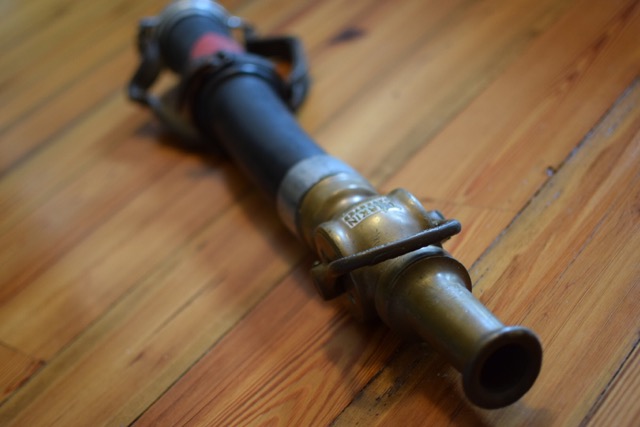 Many of you have heard the "Rifleman's Creed". A creed made famous by the United States Marine Corps. A creed that instills in Marines the sense of purpose and commitment to know your weapon and master it. As firefighters we should have the same sense of pride when identifying with our nozzle. In the truest sense it is all that stands between us and the fire."My nozzle, without me, is useless. Without my nozzle, I am useless."
Many of you have heard the "Rifleman's Creed". A creed made famous by the United States Marine Corps. A creed that instills in Marines the sense of purpose and commitment to know your weapon and master it. As firefighters we should have the same sense of pride when identifying with our nozzle. In the truest sense it is all that stands between us and the fire."My nozzle, without me, is useless. Without my nozzle, I am useless."
All too often, during training sessions or courses, I ask firefighters what type of nozzle they are using and they cannot tell me any specifics. If I posed the same question to a law enforcement officer about his weapon, he would most likely respond with not only the caliber of his weapon but also all of the ballistics associated with his weapon and the situations it is best suited for.
- "My nozzle and I know that what counts in war is not the water we flow, the noise of our bail, nor the pattern we make. We know that it is the hits that count. We will hit..."
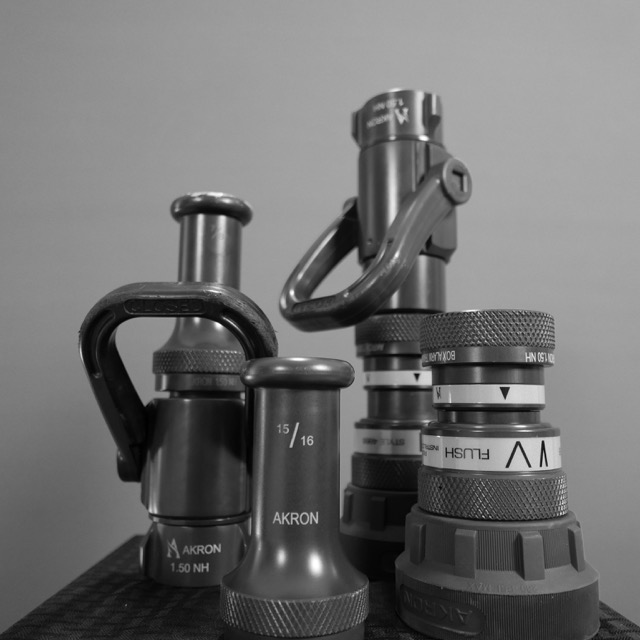 I am not asking for firefighters to simply tell me the make and model of their nozzle... I am asking them to tell me the characteristics of their nozzles; what is the reach and penetration of your nozzle, what does the nozzle reaction feel like, and what happens to your nozzle if it becomes clogged with debris?
I am not asking for firefighters to simply tell me the make and model of their nozzle... I am asking them to tell me the characteristics of their nozzles; what is the reach and penetration of your nozzle, what does the nozzle reaction feel like, and what happens to your nozzle if it becomes clogged with debris?
"I will learn its weaknesses, its strength, its parts, its accessories, its flow and its reach. I will keep my nozzle clean and ready, even as I am clean and ready. We will become part of each other. We will..."
We all know that your nozzle selection may not be entirely within your control but knowing your issued nozzle is just as important. I encourage you all to spend time learning your nozzles and teaching others how to properly use the nozzles. Learn the flows, learn the pressures and learn what the nozzle reaction feels like. Over the next month we will be releasing a nozzle video series on our YouTube channel going over nozzle types and their characteristics. Until then get out and flow some water!
Dead Ringer
Dead Ringer - a person or thing that seems exactly like someone or something else.
 Have you ever heard a statement in the firehouse that strikes a chord with you, one that makes you cringe, frustrated or even motivates you? Today's fire service is a well connected network of some of the most driven and strong personalities you will ever meet. While many of us push to move forward many others look for reasons to justify their inability to perform. With that being said let's look at a statement you have probably heard before:
Have you ever heard a statement in the firehouse that strikes a chord with you, one that makes you cringe, frustrated or even motivates you? Today's fire service is a well connected network of some of the most driven and strong personalities you will ever meet. While many of us push to move forward many others look for reasons to justify their inability to perform. With that being said let's look at a statement you have probably heard before:
"WE" don't do it like that because "WE" are not like "THEM"...
I want you to really evaluate if "WE" are actually that different from one another.
Last time I checked the vast majority of fire departments in the United States perform the exact same functions at every single fire. Whether you pull up to a single story residential structure fire or a high-rise with fire on the 20th floor you must perform the same functions. Will you need more equipment and more manpower? Absolutely, but the same functions must be performed regardless of the size of the fire or complexity of the fire. The "functions" I am speaking of are Fire Attack, Water Supply, Ventilation, Search and Rescue and Overhaul.
 I often reference other departments when teaching and discussing tactics because we have so much to learn from each other. For example: When the FDNY arrives on scene of a residential structure fire they perform Fire Attack nearly the exact same way as every single fire department in the country. They stretch a hose line with an engine company and they put water on the fire. Do they use 47 firefighters to move the hose? Nope. They use the firefighters on the engine to take the initial attack line to the fire. However, while many of us work with limited staffing to complete the other complimentary functions (ventilation, search and rescue, etc.) the FDNY has the ability to perform these functions much more quickly or even simultaneously because of their response size. If you are on a smaller department you still have to perform the same functions as the big guys you just have to prioritize when and how you are going to accomplish those functions.
I often reference other departments when teaching and discussing tactics because we have so much to learn from each other. For example: When the FDNY arrives on scene of a residential structure fire they perform Fire Attack nearly the exact same way as every single fire department in the country. They stretch a hose line with an engine company and they put water on the fire. Do they use 47 firefighters to move the hose? Nope. They use the firefighters on the engine to take the initial attack line to the fire. However, while many of us work with limited staffing to complete the other complimentary functions (ventilation, search and rescue, etc.) the FDNY has the ability to perform these functions much more quickly or even simultaneously because of their response size. If you are on a smaller department you still have to perform the same functions as the big guys you just have to prioritize when and how you are going to accomplish those functions.
Hose lines get stretched at every fire! Ventilation takes place at every fire! Water Supply is a priority at every fire! Search and Rescue is of utmost importance at every single fire! Get out and practice these functions!
Do not try to justify your inability to execute by trying to distance yourself from other fire departments or tactics. We are much more alike than we are different. Learn from each other and move forward together. We all need the practice regardless of where our current competency levels are.
I am learning more and more about many skills that I once believed to be simple and automatic. I used to stretch hoses without evaluation, throw ladders without purpose and even search without confidence. Study the craft of firefighting, learn about yourself, your crew and your responsibilities to the ones we serve.
Do not Train to Learn, Drill to Master!
Training vs. Drilling?
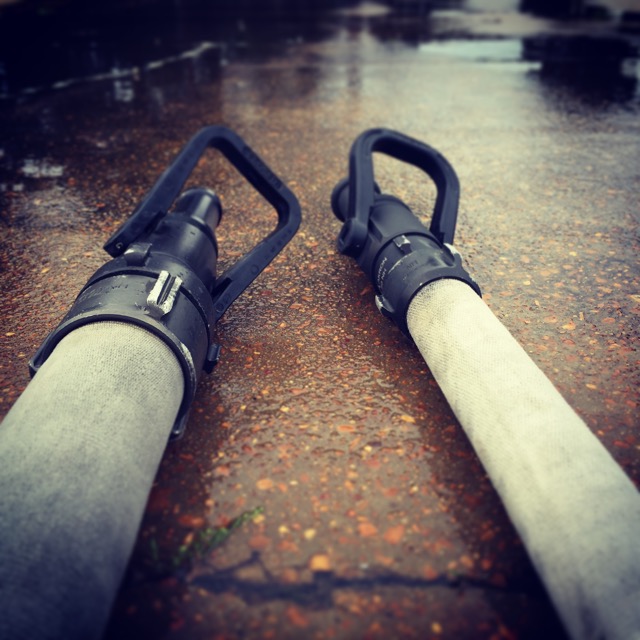 Is it just me or has our culture in the fire service moved from a group of men that strived to be the best at what they do to a group of men who strive to document what they could do? In our world of litigation and insurance rating classifications we put pen to paper to document everything we do just to "benefit" from the "training hours". We have seen a shift off center for years that has slowly eroded our fundamental training process. That process is called drilling. What used to be called the drill field is now being called the "training facility" or what used to be simply called the "dressing drill" is now an elaborate check box skill with grading criteria called "Donning and Doffing PPE".
I talk with training officers and instructors often and there always seems to be a common theme, "What are some new training ideas we can use?". We constantly feel like we have to come up with something new and improved to create a positive learning environment. The true fact is that practicing the fundamentals on a regular basis will get you much further than anything else. It's great if we can all perform technical rapid intervention skills like bail-outs and lift-outs but if we struggle getting an attack line in place within a reasonable amount of time than we are really putting the cart before the horse.
Is it just me or has our culture in the fire service moved from a group of men that strived to be the best at what they do to a group of men who strive to document what they could do? In our world of litigation and insurance rating classifications we put pen to paper to document everything we do just to "benefit" from the "training hours". We have seen a shift off center for years that has slowly eroded our fundamental training process. That process is called drilling. What used to be called the drill field is now being called the "training facility" or what used to be simply called the "dressing drill" is now an elaborate check box skill with grading criteria called "Donning and Doffing PPE".
I talk with training officers and instructors often and there always seems to be a common theme, "What are some new training ideas we can use?". We constantly feel like we have to come up with something new and improved to create a positive learning environment. The true fact is that practicing the fundamentals on a regular basis will get you much further than anything else. It's great if we can all perform technical rapid intervention skills like bail-outs and lift-outs but if we struggle getting an attack line in place within a reasonable amount of time than we are really putting the cart before the horse.
 I was very fortunate I had the opportunity to play collegiate sports and had the ability to see the inner workings of high caliber athletic programs. The teams you see performing at the highest levels practice their fundamentals everyday. Without a strong foundation of bread and butter skills you are really not giving yourself a fighting chance when it comes to the audibles you need to call on the fire ground. Andy Fredericks has a great quote that I believe really hits home on this topic which is "If you put the fire out in the first place you don't have to jump out of the windows".
I was very fortunate I had the opportunity to play collegiate sports and had the ability to see the inner workings of high caliber athletic programs. The teams you see performing at the highest levels practice their fundamentals everyday. Without a strong foundation of bread and butter skills you are really not giving yourself a fighting chance when it comes to the audibles you need to call on the fire ground. Andy Fredericks has a great quote that I believe really hits home on this topic which is "If you put the fire out in the first place you don't have to jump out of the windows".
If you are struggling finding things to train on or using the excuse that you do not have a dedicated training facility just get up and go flow some water. Pull your attack lines and talk about how you can deploy them, feel the nozzle reaction of a properly pressurized nozzle and what an under pressurized or kinked line will feel like. Practice carrying and raising your ladders because the next time you use them may be to rescue a civilian or even one of your own. The bottom line is PRACTICE! It may not be the sexiest training you get to be a part of but when the time comes it will be the most valuable training you were a part of.
Mississippi State Fire Academy - Drone Footage
Check out this video from the Mississippi State Fire Academy. You will get an aerial tour of the campus and you will also see several clips from the various burn sites on the campus. The Mississippi State Fire Academy is one of the largest firefighter training academies in the United States. Firefighters from all over the United States travel to the campus each year to participate in one of the many courses offered. Portions of this video were filmed with the DJI Phantom 2 Vision +. http://youtu.be/ALU5PB7EnIs
Amazing Rescue Footage from Peoria
Many of you have seen videos from Peoria Fire Training before. In the past they have produced several very good training videos. I still continually hear and read all the negative comments regarding social media, helmet cameras and footage of fire scenes. I know there can be many negative things happen from using this footage but the benefits are incredible if used correctly. This is one of the few videos I have seen that actually allows us to see all of the working components involved in this rescue. If you are an instructor or company officer this video provides you with an incredible resource to use for training and preparing for these situations. https://www.youtube.com/watch?v=M8V4H59lQYg
Pump Operator Training - Part 4
This is the fourth video of our five part pump operator training series. In this video we focus on calculating elevation gain and loss and also appliance pressure losses. We have provided you with a Pump Operator Training Packet to follow along if you need a list of the formulas and abbreviations. You can view the video below and if you missed the previous videos we strongly suggest watching those to understand the concepts previously discussed. The links to the previous videos will be provided below. https://www.youtube.com/watch?v=l780NY875zs
You can click on the images below to take you to our previous pump operator training videos:
Pump Operator Training - Part 3
This is the third video of our five part pump operator training series. In this video we focus on calculating Friction Loss. Often times firefighters underestimate the importance of making these calculations. If we do not calculate the correct pressure loss due to friction and then deliver the appropriate pump discharge pressure we could be placing our fellow firefighters in dangerous situations. Take a look at the video below and use our Pump Operator Training Packet to follow along. https://www.youtube.com/watch?v=F-wqKnUalEI
You can click on the images below to take you to our previous Pump Operator Training Videos:
Pump Operator Training - Part 2
This is the second video of our five part pump operator training series. We discuss nozzle pressure and how to calculate flow from a nozzle. To understand how to calculate friction loss and pump discharge pressure we must know the flow from our nozzles. This is a very important step for all pump operators. We also need to have a thorough understanding of nozzle pressure, without an understanding of nozzle pressure we will not be able to deliver the appropriate pump discharge pressure. Use this video and our Pump Operator Training Packet to check your nozzles and understand nozzle flow and operating pressures. If you missed Part 1 you can view it by clicking here.
Generation Why? - Part 2
In the last article, we discussed the often maligned generation Y(generation why?). The act of questioning methods and processes can actually advance our cause in technical rescue. This can be achieved with questioning, critical thinking, and constructive debate. In Part 2 we will explore some "why's?" that may close capability gaps or even get people's blood pressure up. We will not cover each of these issues exhaustively, but may revisit some of them in the coming months. So let's fire the first shot...

Why do some practitioners insist on tying a safety or back-up knot in the figure-eight family and some other knots? An overhand safety in the running part of the rope over the standing part does not get actuated. It takes more time to tie the knot properly. It requires some to untie and re-tie to get the tail length correct. Strength is not added to the figure eight with a safety. I have seen people even load the safety side of the knot when tied in the middle of a rope?! Perhaps we should focus on the knot having low gain and being dressed and tied correctly.
Why does the Bowline family of knots get so beat up and ostracized by parts of the rescue community? With the addition of a Yosemite Finish, a double-overhand bend, or slight modification of the knot (double loop / high strength), the bowlines can be reliable, strong, and easy to untie. There are so many varieties of the knot that they can be tied into multi-point anchors, tied in-line, hard-tied into a fixed rope system, and many others.
Why does the Munter Hitch get such a bad rap?
Whistle test? -Perhaps not. Two-person load? –Absolutely. We catch 600-800 lb. loads all the time using the Munter Hitch. The key to success is that the operator must manage slack and plan for some type of edge friction into the system. We use one change-of-direction carabiner. As for the whistle test- what happens if your Engineer is going code-3 into a curve and let’s go of the wheel or has a heart attack? Does the whistle save your people? Should we back-up our drivers with safety-drivers? Or maybe take two SCBAs in a fire. I like many devices and tools out there, but the Munter Hitch has no cost, can catch big loads, can act as a Progress Capture Device, and facilitate twin-tensioned systems in lowering and hauling applications.
I know everyone in US&R has cut-off saws that will allow you to cut just under 5” of depth. Have you ever heard of, or tried a ring saw? As technology improves why has a ring saw not made it into your cache yet? You can achieve 10” of cut depth on a platform that runs on gasoline or hydraulic power. It might really save a team a good amount of time on the dreaded step cut. On a similar note, why is your team only sporting the 27” long Petrogen Torch that comes in the US&R Ensemble but train and work cutting in confined areas such as a 36” culvert. Thirty inches of torch in a 36” of culvert is unwieldy. Why has your team not looked into the 7” Breaching Torch that Petrogen manufactures. It has a 45-degree head rather than the 90-degree. It might be a handy enhancement to your cache when you are tunneling through rebar like pick-up-sticks. How about- Why is the central mode of operations, in training and response, of some overland SAR teams a grid search? With training organizations like NASAR; and programs like FUNSAR, SARTECH Exams, and Managing the Lost Person Incident, there are too many better uses of resources than walking a dress-right-line in the woods. Save that for thorough secondary and tertiary searches or when a rescuer loses his flashlight or keys. Rapid / hasty searches, hailing searches, trailing / tracking, qualified canine assets, and technical search assets are all better options and require diligent practice and training. Active searching and following a heading are day-one skills. Modern searches even use victim profiling and actuarial tables to predict traits and behavior. Have you heard about aerial drones in SAR? Let’s elevate our profession by incorporating modern and practical methods.
Why are we trained to perform a Vent-Enter-Isolate-Search (VEIS) operation with a confirmed child in a working house fire, but we do not enter a confined space with a patient guppy-breathing until it is too late? Firefighters will even circumvent two-in-two-out to save a life in a fire. Permitted Confined Space: a confined space with possible mechanical hazards, low oxygen, electrical hazards, flammable atmospheres, and other such hazards. In fires these hazards are not only a possibility, but rather a certainty. In the VES operation we mitigate these with turnouts-for flash protection, SCBAs for respiratory protection, helmets and PPE for mechanical protection, and speed to reduce time in the hazard space. So why could rescuers not use the same ensemble with the addition of PH-Paper to perform grab-and-go rescues for the guppy-breather in the confined space or even trench realm? Especially if the company officer and competent person can reason that other potential hazards seem manageable. In-and-out. Grab-and-go. Arbitrary fast turnaround. We make OSHA exceptions on the fireground. We are trained to risk allot to save allot. The last why for us to think hard on is- Why did Special Operations stop being special? A very basic Rescue Specialist will at least be up to speed in nine areas: EMS, Hazamt, Rope, Water, Wilderness, Confined Space, Vehicle & Machinery, Trench, and Structural Collapse. Staying on top of these can be a full time job. Trust me. So why do Chiefs and Emergency Managers seem to think anyone can do these things? They put unqualified people on specialized rescues and teams. Everyone deserves to be saved. Our customers deserve a second chance at life. The people we are sworn to protect. Think about your family or kids- do you want the best for them? I do. Why people in high places cannot see this- I don’t know. People have opportunities to take classes. Virtually all 1006 rescue and 472 hazmat classes are free in my state. There is a huge distinction between certified and qualified. I would only trust a small percentage of the students that come through our rescue programs to do the job at the level that the people we protect deserve.
Special Operations participants should be vetted, interviewed tested, refreshed annually, and mentally / physically fit for duty. The percentage of the general population in emergency services, that can perform at this level, is small. Think -FBI HRT, Secret Service CAT, Army Rangers, Coast Guard AST swimmers, Air Force PJs, etc. I would say somewhere in the realm of 3%, in my state, are guys I’d want responsible for my family at a technical incident. Instead team participation and training are used as political poker chips and virtual entitlement programs for the masses. It takes decision makers that have really done the job to empathize with the rescuers and the people being rescued. The they will tell you- “Oh I took the class. It was tough. It was hot. I know how it is. . . “ This is not so. The guy that acts like that guy would probably risk more for his next promotion than he would for a child in a raging creek. That’s no the heart of a real Special Operations rescuer. Rather, they strive to be humble, consummate, professionals. Their calling is tradecraft and a source of pride. They are courageous and daring, not recklessly so, but because of the operators next to him, on his team. Their confidence comes from years of training and experience and the knowledge that the guy next to him would risk all and do all for the team and the people we serve.
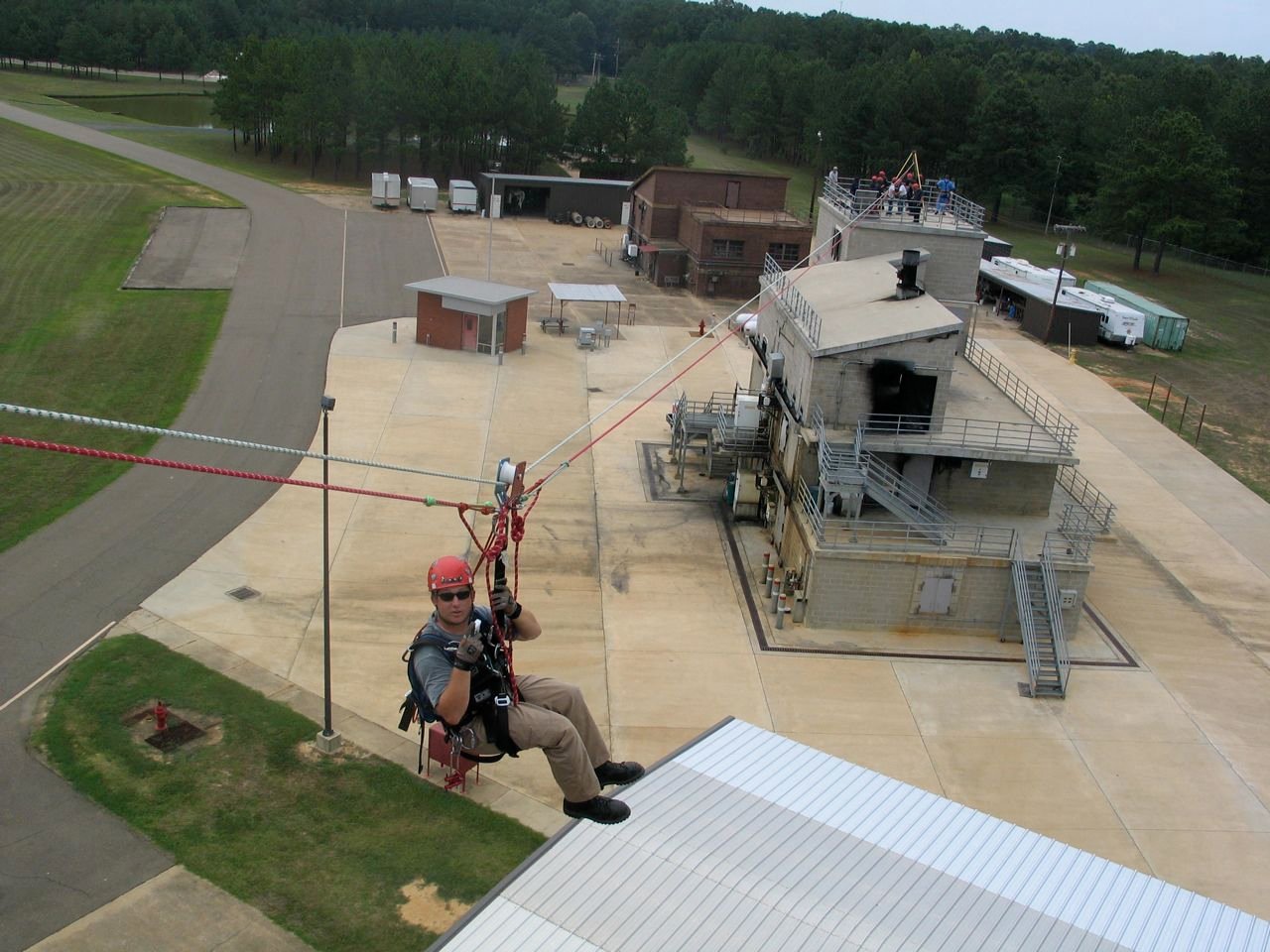 The last one was long, but perhaps touches all of us in this field. It is important to use the knowledge and critical thinking responsibly. You will encounter closed minds and we are obligated to honor SOPs / SOGs within our teams and departments. In closing I would like to reiterate: do not accept old ways and the status quo blindly. Take courses, books, instructors, and check the facts. Conduct equipment trials and firehouse experiments. Try new methods and put the issues in the spotlight. Continue to ask why- just do it in the right way. Quietly and humbly enjoy the wins. Take your losses on the chin and sleep well knowing that you know the answer from firsthand experience.
The last one was long, but perhaps touches all of us in this field. It is important to use the knowledge and critical thinking responsibly. You will encounter closed minds and we are obligated to honor SOPs / SOGs within our teams and departments. In closing I would like to reiterate: do not accept old ways and the status quo blindly. Take courses, books, instructors, and check the facts. Conduct equipment trials and firehouse experiments. Try new methods and put the issues in the spotlight. Continue to ask why- just do it in the right way. Quietly and humbly enjoy the wins. Take your losses on the chin and sleep well knowing that you know the answer from firsthand experience.
For a downloadable/printable pdf version of this article click here.
Generation Why? - Part 1
I have heard people in fire and rescue refer to Generation Y, as “generation why?” Sometimes these statements would come down in condescending ways from senior officers on the department. It was usually in reference to the Generation Yer’s asking why a job needed to be done. At least in my case, the senior guys typically misunderstood my intentions. What I was actually doing, instead of complaining or being insubordinate, is trying to understand the end goals and purpose of a job-so as to maximize the outcome and efficiency. We are the generation that changes their email passwords on Outlook, help insert functions into Excel, and a host of other daily tech solutions- so maybe we can come up with a better way, faster way, or more positive outcome. –But not necessarily by blindly following orders. In other words- asking why is not a bad thing. In fact, its what I contend rescuers should do more often.
Generation Y is generally considered to be those born during the 1980’s and early 90’s. Stereotypes for Generation Y include laziness, a sense of entitlement, and requiring praise. In actuality this demographic is very “tech savvy” (think gear), ambitious, family oriented, and are team players with good communication skills. The latter are desirable characteristics, but the “why” and the questioning is a characteristic that should transcend all generations on the job. So let’s set the stage for this reasoning. . .
Question Everything! Consider that an order. Not at the wrong time. Not during an emergency. Not in an insubordinate or disrespectful way. Remember your station in the department and be always humble. Asking why we do something is the first step in understanding SOP/SOGs, our history and the mechanics of the problem. I have little patience or regard for statements like “Because we have always done it that way,” “Just because I said so,” The words “always” and “never” used too liberally in rescue. And finally the perpetual get-out-of-jail-free words. . . “for safety” -without due explanation.
Meaningful questioning elevates rescuers to a world of critical thinking. Critical thinking is defined as "the process of actively and skillfully conceptualizing, applying, analyzing, synthesizing, and evaluating information to reach an answer or conclusion" and also "disciplined thinking that is clear, rational, open-minded, and informed by evidence"(dictionary.com). Our end goal is to improve the mission to save those that others cannot, all-the-while keeping our rescuers as safe as is prudent. To accomplish this we must continually evaluate and ask “why do we do the things we do?” and “how can we improve our mission?”
There are answers out there. Rescuers must seek them out. One might start at the station or home front. The next source may be on the web, in books, or videos. Let’s also focus on the instructors: if your instructor cannot satisfactorily answer “why,” then you need to find a new one or seek knowledge elsewhere. There are allot of hacks and parrots out there that are mass-produced and label themselves instructors. Instructors aren’t supposed to know everything, but a good one will admit that, and know how to find the answer to your question.
In the next article, we will examine some rescue "why's?" that will generate some spirited debate around the day room. We won't cover each topic exhaustively, but we will open the door to some research and critical thinking.
You can download or print a PDF copy of this article by clicking here.
Can You Push Fire? YES!
I can't tell you how many people I have heard say "You can't push fire, they proved it". Well they (NIST and UL) produced an incredible amount of research for firefighters to use in order to make conditions safer and tactics more effective. I have seen countless firefighters throw around the "push fire" term as if it were a catch phrase. The fact of the matter is that an inappropriately used hose stream can and will "push" fire. Now, I know many of you are thinking that the hose stream isn't pushing the fire and that I am wrong in saying that. Well, call it what you want but a hose stream can manipulate the flow paths that we are talking about and whether you believe the stream itself is moving the fire or the influence of that stream is changing the flow path, both cause the fire to migrate to other areas. In my next few articles I will be showing you some videos I am putting together about nozzle selection and the effects of fog nozzles, smoothbore nozzles and their uses. Until then watch the video below and you answer the question "Can you push fire?".
If you have watched the above video and still think we cannot push fire with a hose stream then what would you call it? We can argue that the "Water" isn't pushing fire and I completely understand that debate. However, if we continually tell new firefighters that water cannot push fire then we are leaving out a massive amount of information that they need to know. I believe it is much more important for us to agree that using our nozzles incorrectly can contribute to fire migrating to other areas of the structure than to say that it doesn't and that the change in ventilation or flow path is what caused it.
I will spend much more time in the coming articles explaining the movement of air with nozzles, pressurization of spaces with nozzles and the relationship between GPM, Nozzle Reaction, Heat Absorption, and the advantages and disadvantages of the smoothbore nozzle and the fog nozzle.









